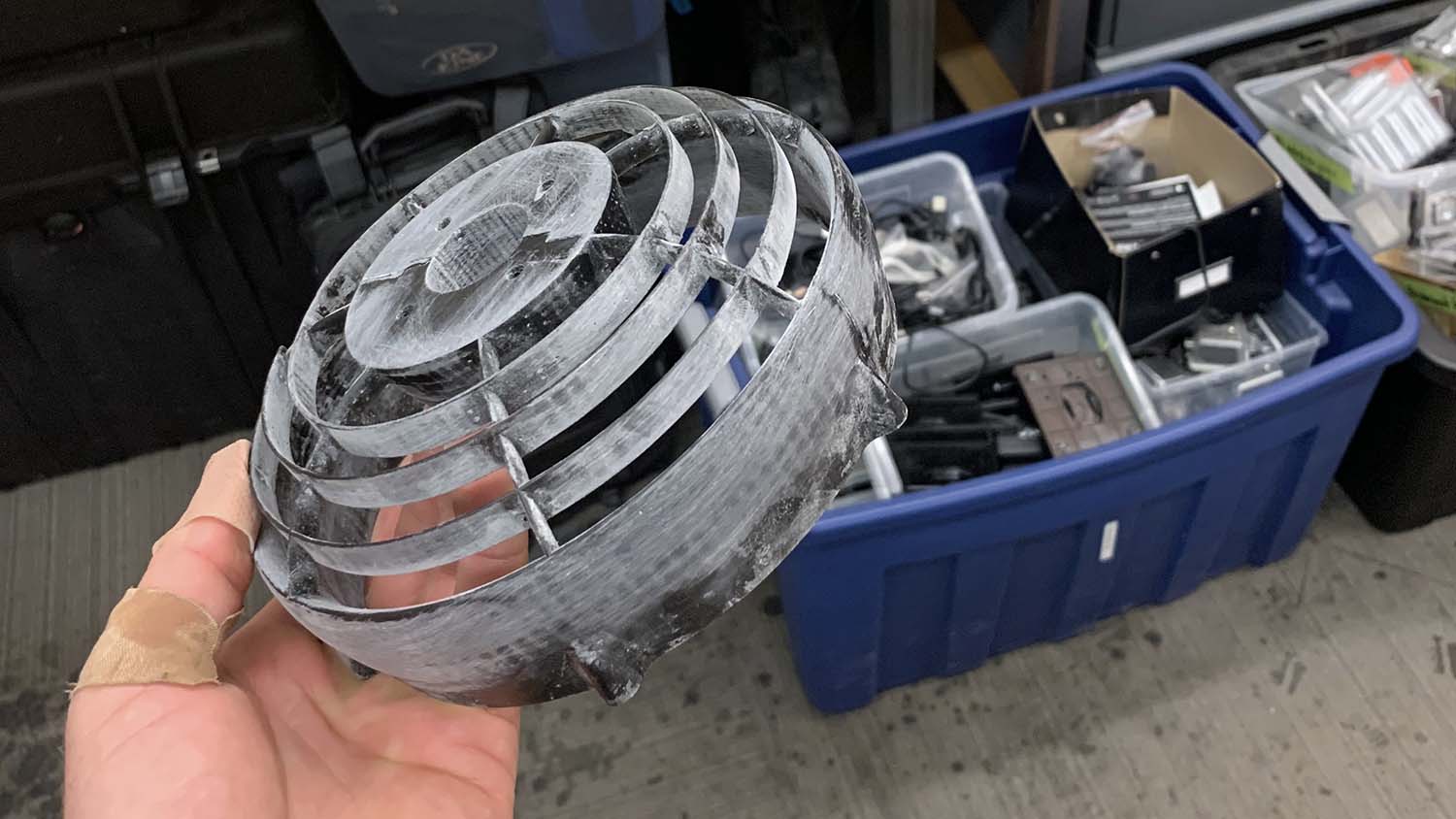The KAI Concepts Jetfoiler, an electric hydrofoil surfboard, is an eye-catching sight should you see one out in San Francisco Bay where KAI Concepts is based, or in fact, on any stretch of water.
Intended for riders of all ages and abilities, the mission behind the Jetfoiler is to offer an extremely safe and extremely fun product, but this somewhat belies the rigorous research and development behind it.
KAI Concepts is a team of creative problem solvers with unrivalled expertise in building, testing, and controlling hydrofoil systems – with backgrounds in engineering, manufacturing, inflatable design, competitive windsurfing and kitesurfing.
From battery and motor technology, to waterproofing, all the R&D is done by KAI Concepts – right down to functional testing in the waters off the Golden Gate Bridge.
The Jetfoiler represents the next logical step in its hydrofoil technology, pairing the sleek and silent foil with a clean and quiet electric motor.
Constructed from composites used in high-end race boats, the Jetfoiler board and foil are light, strong, and low-drag, allowing the device to take full advantage of the provided power.
As a new no-wind-required sport, a fun family excursion, or a training tool for the aspiring kitefoiler, the KAI Concepts Jetfoiler allows riders of varying ages and abilities to discover the power and thrill of gliding above the surface of the water.
Getting the feeling and ability of the board right on the water puts a lot of emphasis on physical testing. To give an idea of the importance of physical testing, well over 500 combinations of wings, propellers, ducts and battery positions have been trialled for the KAI Concepts Jetfoiler.
According to Kai Calder, who leads logistics and operations at the company, this development process has been greatly enhanced by updating its in-house 3D printing capabilities.
Physical functional testing is a key aspect, and being able to produce parts and test them the same day means boards can be out on the water and giving real feedback to the team.
Kai Concepts invested in a 3D Systems’ Figure 4 Standalone 3D printer, with the speed of its output initially the key factor.
“By the end of the day, we’re already working on revision B,” says Calder. “The overall process of designing something and reiterating has been cut down immensely for us.”
Using its previous 3D printer and resins, KAI Concepts claim it was only able to test parts for about 10 to 15 minutes before the parts failed due to the brittleness of the material.
Currently using 3D Systems’ Figure 4 PRO-BLK 10 material, however, the team is able to test parts for full in-water riding sessions, which can last anywhere from one to two hours.
“The fact that we’re going out and using these parts in the way that we are is a huge testament for the durability of these pieces,” says Calder.
During riding sessions, the KAI Concepts Jetfoiler and its Figure 4 test parts are going anywhere from 15 to 20 miles per hour through the Bay’s brackish water, with test parts holding up for multiple rounds of comparison tests.

Parts produced range in function from motor mounts to propeller guards and Kort nozzles, each withstanding various loads from people carving back and forth throughout testing, or vibrations from the motor.
Depending on geometries, KAI Concepts is also getting better throughput – meaning more parts can be tested in a single session.
Citing a shim design as an example, the company’s previous printer could only fit five or six parts within a build volume, whereas the Figure 4 enables approximately 10 parts to be printed at once thanks to its ability to orientate parts better for its DLP process.
This works especially well for parts extending beyond the dimensions of the Figure 4 build plate, which can be connected together by creating holes for inserts or guide holes for plastic threading screws, helping reduce the time it takes to get a part into the hands of testers.
Beyond speed, Calder notes that part precision has been greatly improved, which is critical to the company’s application: With the products KAI Concepts is testing, ‘if the prints are off, the results are off’.
And if the results are off, then the rider is off into the drink.








